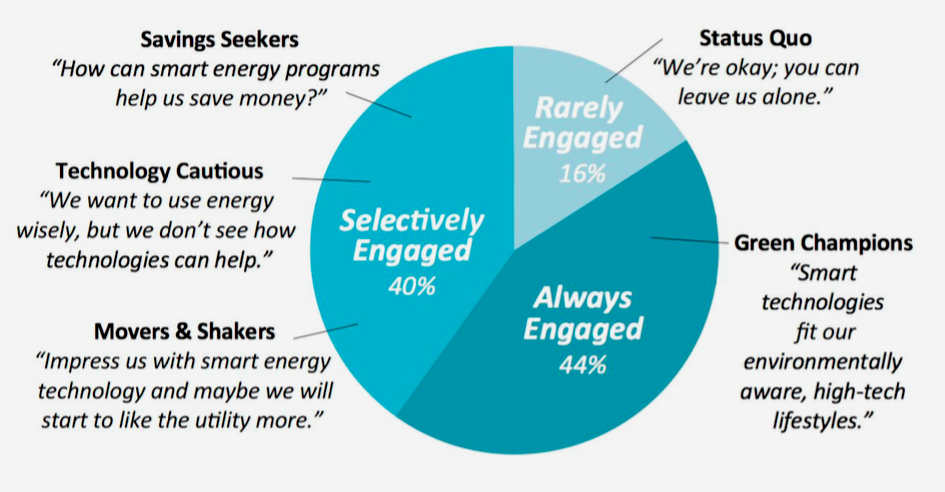
By Jill Cliburn
Not so long ago, I was presenting about the benefits of offering community solar together with other energy options, as one way to engage with utility customers in reinventing utility service for the age of renewables. Understand that I was addressing the Peak Load Management Alliance, so my audience already had experience pushing the energy-information rock uphill. Some in the audience wished that their favored solutions, from new rate designs to energy storage systems, were as popular as solar panels. They were ready to consider working with utility solar managers and solar developers on new, packaged solutions.
Their viewpoint—which I share—was that if (in fact) the utility is engaging less than 15 minutes per year, either personally or digitally, with the average customer, then they’d better make it relevant, and (I mean this in the healthiest way) they’d better make it viral.
Of course I know that not every utility is going to offer community solar packaged with other options; our CSVP Solutions Toolkit is specifically designed for customization, so you can meet whatever your immediate and long-term program needs might be. But I also know it is time for customer engagement to be about much more than real-time outage reports and paperless bills. And I will tell you why.
Check out the latest ESource PowerWalking update, a series of man-on-the-street interviews created by the inimitable Bill LeBlanc. The latest interviews are almost as funny as they were in 2011… suggesting, if not exactly proving, that utility customers still need much better understanding about everything electric, with the possible exception of the today's widely-held notion that “Solar energy is … the thing of now.”
Does the content of your engagement with customers matter? I’d say, yes, because even though JD Power tells us that customers are more satisfied with their utilities than ever, those barely grounded customer relationships are wired for disruption.
According to the most recent Smart Grid Consumer Collaborative (SGCC) Consumer Pulse and Market Segmentation Study, the smart grid is reasonably well known; I’d hazard to guess that most people are more comfortable thinking about smart grids, smart appliances and energy apps than they are with the disembodied kilowatt-hour. For example, the SGCC study found that 58% of customers are interested in rooftop or shared solar, and 56% are interested in smart thermostats. It found sweeping interest (75%) in energy storage systems that could provide backup power for their homes.
I’ve been looking for an updated metric on how much the average conversation with a customer service representative costs the utility; if you have taht citation, contact me. But even without a quotable number, it’s safe to guess that every encounter with a customer is precious. And it's safe to guess that it’s not just passive engagement, but empowerment that most customers seek.
You can push too hard or too fast, of course. But in many regions, community solar attracts those prospective partners, who are self-selected for wanting to do something meaningful, for themselves and for the community at large. Get ready to talk to these customers about how they can share in beneficial solar plus demand response, low-tech storage or batteries, and talk to them about what reinventing the utility for this new Century means. Whether you ultimately decide to package your offers, or to put out a menu a la carte, it’s time to educate program staff and customer representatives to work with customers, who already want to to be what SGCC calls your Green Champions.
We hope you enjoy sources from the pages cited, and contact us to get started today.

